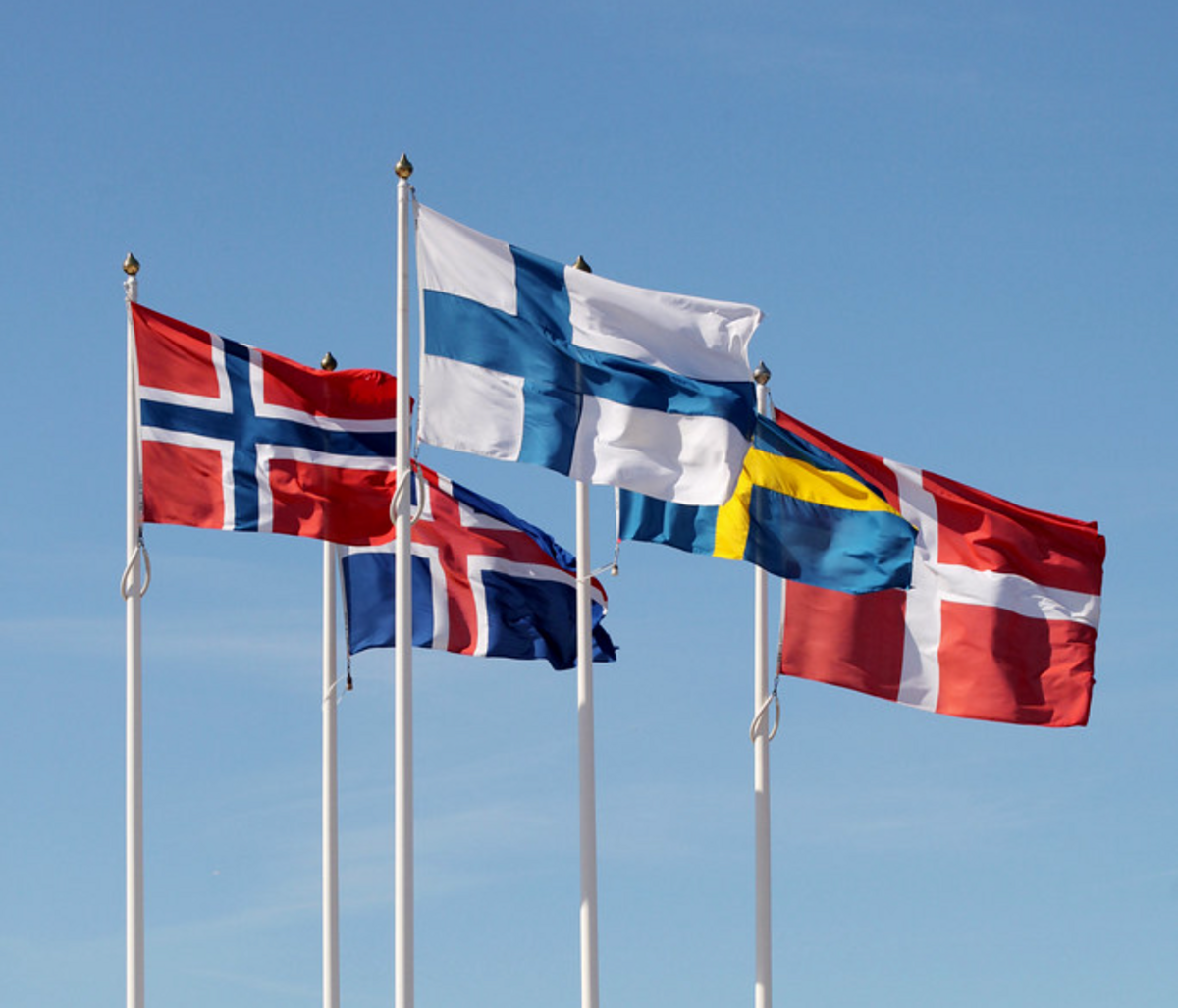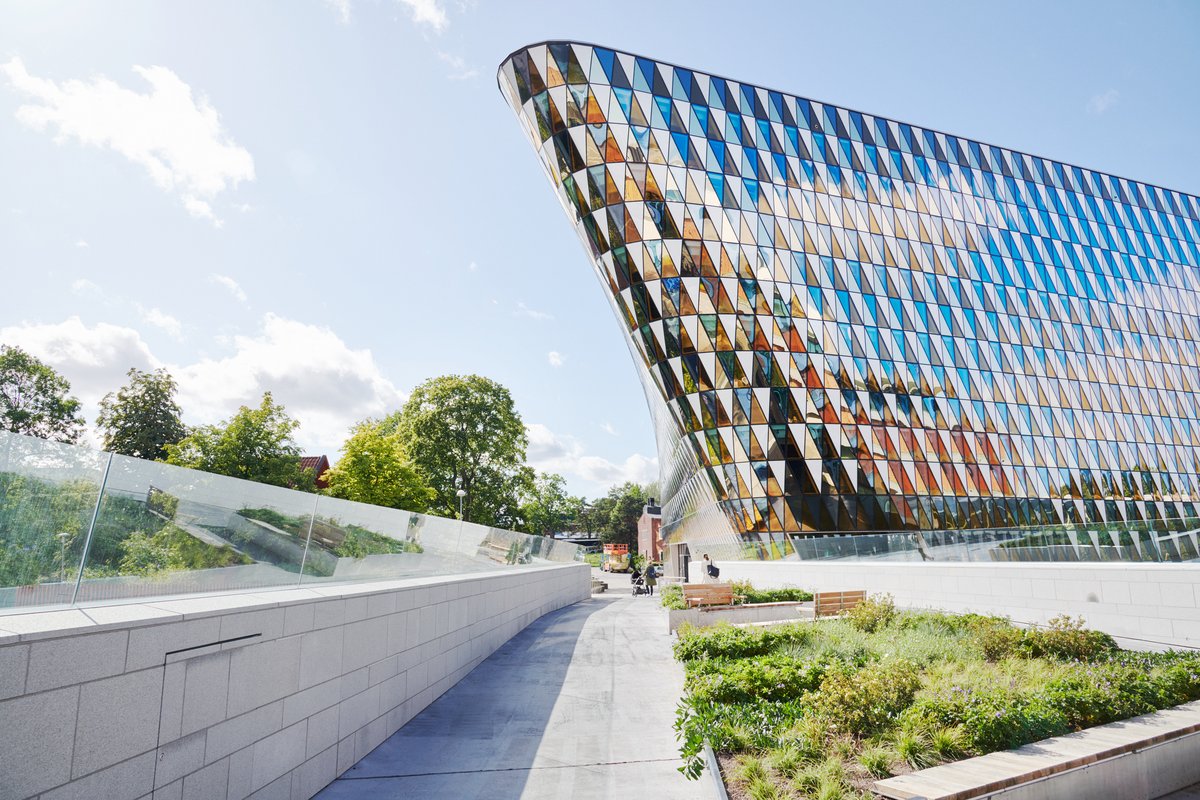Cooperation at Nordic universities
University collaboration takes place on multiple levels, officially and unofficially. Academics, students and numerous institutions actively play a role in cooperation between universities across the Nordic region.
A ‘School for All’
Although there are profound differences between the countries and their educational policies, the fundamental principle of a ’School for All’ is generally accepted across the Nordics. This principle espouses a democratic vision that every individual has the right to free public schooling and higher education regardless of geographic location. Schooling in the Nordic countries tends to be comprehensive, inclusive, with no streaming and with easy passage between grade levels. This philosophy is generally reflected at university level; universities are free of tuition fees for all students from the European Union and the admission process theoretically provides equal access to all. While financing varies across the Nordic countries, it is also generally based on the right of equal access. For example, Danes, Finns and Swedes receive a monthly student allowance in addition to affordable student loans guaranteed by the state.
Official collaboration between Nordic universities
Collaboration between Nordic universities is underpinned by an advanced and complex infrastructure developed over many years. Amongst other things, cooperation takes place within Nordic academic networks, the monitoring of misconduct, assessment committees for PhD defences, the sharing of resources (e.g. libraries, guest lecturers), as well academic exchange programmes. Official cooperation is not only underpinned by relationships between particular faculties or universities, but also the existence of research funding. One example of a Nordic-wide funding body is NordForsk which is financed by the Nordic Council of Ministers. Most types of European Union research funding also encourage cross-national collaboration. The Nordic national ministries of research and education also exchange information and work together, both formally and informally.
Research collaboration is of great importance to Nordic universities. The degree of collaboration varies across fields, with physics and medicine generally having the highest. Collaborations can be achieved through informal processes where academics have got to know one another through conferences and workshops, or they can be based on more formal relationships. An example of a productive collaboration to do with co-authorship is that between Hanken School of Economics in Finland, Stockholm School of Economics in Sweden and Copenhagen Business School in Denmark. In some fields, such as physics and geoscience, working together across the Nordic countries is as frequent as working together on a national level.
Online Open Access to library catalogues and more formal library cooperation facilitates both cultural exchange and increases the awareness of intra-Nordic connections through the sharing of knowledge. Scientific misconduct committees have been established to initiate preventive measures and to investigate alleged cases by the national medical research councils in Denmark (established in 1992), Norway (1994), and Sweden (1997), and by the Ministry of Education in Finland (1994). The Nordic countries each define scientific misconduct in a slightly different way, but the judgement of individual cases is similar. The plagiarism tool URKUND, first invented in Sweden in 2000, has aided and advanced the standardization of plagiarism checks across the Nordics.
University exchange and informal cultural exchange
In 1996, the Nordic countries entered into an agreement which gives prospective students from a Nordic country the right to access higher education in another Nordic country on an equal footing with that country’s applicants. The right to transfer credit between the Nordic countries also exists. It has in fact become rather common for university students throughout Norden to study for either a semester or their whole degree in another Nordic country (see table below). There are of course also international exchange students from many other countries at Nordic universities, particularly from throughout Europe, due to initiatives such as the European Credit Transfer and Accumulation System (ECTS) and ERASMUS. Nordplus is the Nordic scheme similar to ERASMUS enabling exchange at all levels of education within the Nordics. Arguably, university-level exchanges are more accessible within the Nordic framework given the shared history and culture - as well as often a similar language. Students can be encouraged/discouraged to study elsewhere depending on whether the language is mutually intelligible, the geographical proximity, as well as the similarities between subjects areas. For example, Sweden and Finland have an almost identical legal system, so it is possible to study law in Sweden and become a lawyer in Finland and vice versa. Sweden is particularly popular with Finns, but the number of students going the other way has recently fallen.
Number of students in tertiary education in 2020 by location
| Rest of the world | At another Nordic university | |
| Denmark | 2939 | 1127 |
| Greenland | 13 | 351 |
| Finland | 6681 | 2053 |
| Åland Islands | 43 | 1129 |
| Norway | 12346 | 2895 |
| Sweden | 14149 | 1698 |
| Iceland | 921 | 347 |
Source: Nordic Statistics Database
Further reading:
- Asbjørn Langeland, ‘The Nordic Countries: cultural and library cooperation’. IFLA journal, 31, 2 (2005), pp. 146-150.
- Magne Nylenna, Daniel Andersen, Gisela Dahlquist, Matti Sarvas and Asbjørn Aakvaag, ’Handling of scientific dishonesty in the Nordic countries’. The Lancet (British edition), 354, 9172 (1999), pp. 57-61.
- Miia Saarikallio-Torp and Jannecke Wiers-Jenssen, ‘Nordic students abroad - Student mobility patterns, student support systems and labour market outcomes’. Studies in social security and health (2010), pp. 110-151.
- Olle Persson, Göran Melin, Richard Danell and Aris Kaloudis, ‘Research collaboration at Nordic universities’. Scientometrics, 39, 2 (1997), pp. 209-223.
- Ulf Blossing, Gunn Imsen and Lejf Moos, ’Schools for All: A Nordic Model’ in The Nordic education model: "A school for all" encounters neo-liberal policy (Dordrecht: Springer, 2014)

